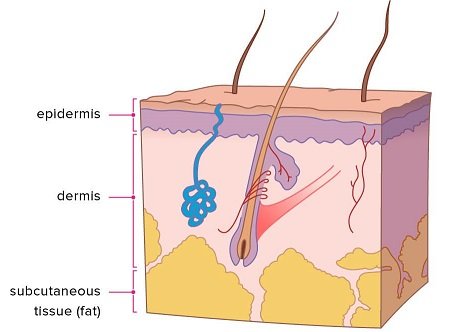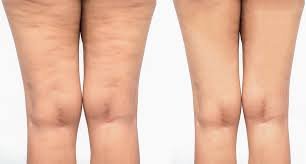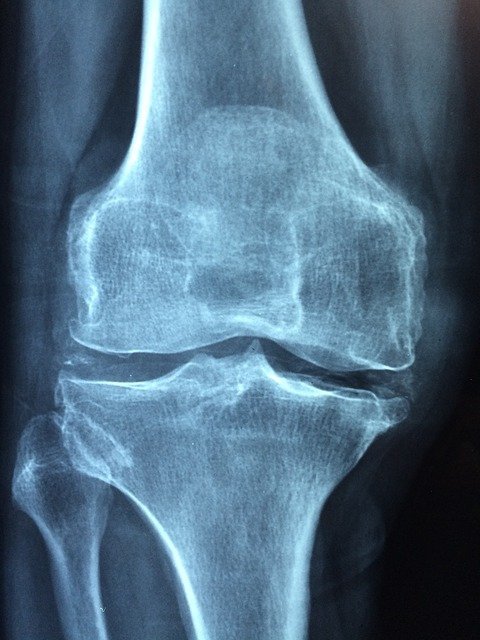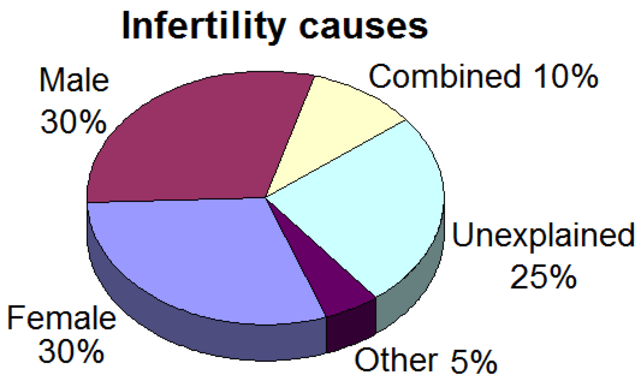Information on this site shall be considered as holistic, alternative and spiritual advice only. For medical advice and treatment a GP, medical professional and/or Certified Hijama Therapist should be consulted. In all circumstances where lifestyle changes, supplements, or other foods are suggested your GP should be consulted. Client Safety is the number one priority.
Cupping / Hijama Points Treatment Plan for Cellulite
Allow 2-4 weeks between sessions – longer if required. Hijama Points shown for each session should ONLY be used to guide the therapist. Body size, cup size, and any other conditions need to considered and appropriate care and attention taken. The number of sessions shown can be increased or reduced depending on the condition of the client.
Complete Treatment Plan
Click here for Session 1Click here for Session 2
Click here for Session 3
Click here for Session 4
If the client has a complicated history and numerous concerns then it is a good idea to use our online consultation service – click here.
Which body part or function is involved in Cellulite?
The fat tissue layer beneath our skin has three major purposes. It performs functions as a shock absorber to disperse outer tension applied to the skin, to protect the essential muscle and superficial skin layer. Fat in the feet supports walking, while fat on the buttocks supports sitting.
Fat empowers thermal insulation and supports regulating and maintain the core body temperature. Overweight people experience heat and hot temperatures more problematic.

Fat also stores surplus energy when the food supply is disturbed. Over-eating leads to fat restoration. Fat stores can deliver energy gradually and evenly to help us overcome starvation. Fat tissue is an essential part of a very complex energy storage and release system to enable humans to get by comfortably with three feeds a day, while other mammals such as sheep need to feed about continuously for 80% of their waking period.
Along with these central functions, subcutaneous fat supports many of the body’s other metabolic, hormonal, and healing activities. Fat tissue, for example, is a primary reservoir of stem cells that work for healing and tissue regeneration. Fat supports the immunology system that saves us from infection.
Hormones such as estrogen regulate drones are produced in our system. Insulin and glucagon perform fat metabolism and body energy reserves.
The connective tissue in the dermis prepares the structure, insulation, and stability of the dermis layers beneath the epidermis. It delivers essential insulation and stability between the several organelles, enabling their skilled function, without inhibition to contiguous structures. Its structures mainly of collagen (a rigid tissue with great tensile strength), ground substance (consists primarily of water whose major role is to give a route for diffusion transport between tissues), and elastic tissue (which provides the skin the proficiency to expand and return to normal constituency).
What are the symptoms and effects of Cellulite on the body?
Cellulite is a very often, benign skin condition that results in lumpy, dimpled muscle condition on the thighs, hips, buttocks, and abdomen. The ailment is most common in women and a lot of people try, with varying success, to get a better appearance of their skin through weight loss, exercise, massage, and creams dealt as a treatment for cellulite. Medically proven medication choices are attainable as well, though results aren’t instantaneous or long-lasting. Cellulite appears like dimples or rough skin. It’s occasionally explained as having a cottage cheese or orange peel texture. You can notice mild cellulite only if you press your skin in an area where you have cellulite, such as your thighs. More severe cellulite gives, rise to the rumpled and bumpy skin with areas of ridges and valleys. Cellulite is most probable found around the thighs and buttocks, but it can also originate on the breasts, lower abdomen, and upper arms.
The bit is known about what factors cause cellulite. It included fibrous connective cords that tether the skin to the specific muscle, with the fat present between. As fat cells expand, they force against the skin, while the extended, tough cords pull down. This develops an irregular surface or dimpling.
Also, hormonal factors play a huge part in the growth of cellulite, and genetics determine skin structure, skin composition, and body type. Other components, such as weight and muscle tone represent whether you have cellulite, however, even healthy and normal people can have it.

Cellulite is a cosmetic issue. The specific impression of cellulite is adequate to ensure that the condition is existing. There are no diagnostic examinations for cellulite. Many people dislike the vision of cellulite and like to have skin as soft and plain as they possibly can. Consequently, there is much information about cellulite treatment and medications occur ranging from dietary changes to cellulite ointments and mechanical treatments.
What changes in diet can help improve symptoms of Cellulite?
Along with mechanical treatments, some of the dietary changes are essential for improving the condition. Here are some dietary tips to help decrease the appearance of cellulite:
- Increased intake of vegetables and fruits.
- Go for the right protein
- Reduce processed carbs.
- Add healthy fats
- Prefer whole grain
- Limit your portion size
Changes in lifestyle which can help Cellulite
Regular workout and eating an active, balanced diet may help to improve the overall visible signs of cellulite. Dehydration can make cellulite more visible. Water washes out your body and reduces toxins that can be a factor in causing cellulite. Detoxing your body may help improve cellulite by decreasing stored toxins that contribute to cellulite. Also, avoid smoking, alcohol, and increased caffeine intake.
Possible alternative remedies for Cellulite
Here are some of the home remedies which may help cellulite:
- Exfoliation plays a role to smooth the formation of cellulite by improving blood flow to the region and reducing inflammation.
- Detoxification is essential because toxins – or anything that weakens the body – play a huge role in the condition of the fascia, which is the connective tissue that runs through every corner and cranny of the body below the skin




